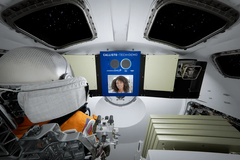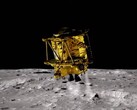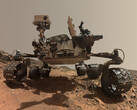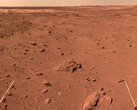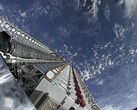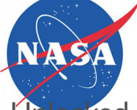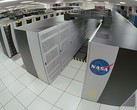NASA is heading back to the moon, but it won’t just be humans who make the upcoming trips.
NASA’s Artemis program, which aims to put people back on the moon by 2025, will see the first test launch of the Space Launch System (SLS) rockets in a few months. The SLS rockets, which were designed by Boeing, will carry the new Orion crew capsule on a round-trip flight to the moon and back. The journey is expected to take several weeks.
Since this is the first test of the new SLS and Lockheed Martin-designed Orion spacecraft, the only humanoid aboard will be an inanimate mannequin. However, the dummy will be joined by a smart assistant: Callisto, a new voice assistant based on Amazon’s Alexa and Cisco’s Webex software.
Callisto, which is named after one of Artemis’ hunting maids in Greek mythology, is hooked directly into the Orion craft’s hardware. As such, astronauts and Earth-based engineers can interact with Callisto to get real-time data on the craft’s status, including speed, trajectory, and other mission-critical information.
Callisto’s Webex component will allow Mission Control at Johnson Space Center in Houston, TX, to communicate with astronauts aboard the spaceship via a tablet interface. Currently, Callisto can transmit up to a 720p (HD) video signal. Callisto’s Alexa component can capture audio from web calls as well.
Since WiFi tends to be spotty in deep space, Callisto taps into NASA’s Deep Space Network to communicate between networks on Earth and its local database in the Orion capsule.
During the test flight, Mission Control will connect to Callisto’s Webex piece to communicate with its Alexa component. Engineers will use Alexa to capture real-time data, relay instructions, and even dim the lights. These tests will determine whether or not Callisto will be a helpful tool in future Artemis missions.
Callisto is the latest tool in NASA’s push to integrate private commercial enterprise into its missions. While NASA has long relied on private contractors (such as Boeing and Lockheed Martin) for equipment design and manufacturing, the space agency has reached out to others like SpaceX and Amazon for new technologies in upcoming missions, particularly Artemis. NASA’s ultimate goal for the Artemis project is to establish a base of operations on the moon for use in future missions to Mars.




